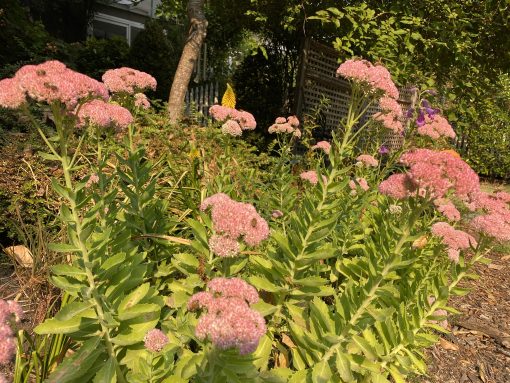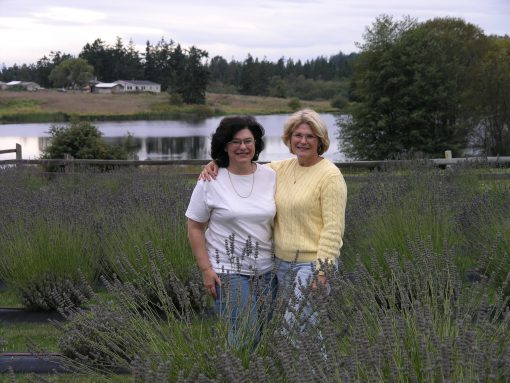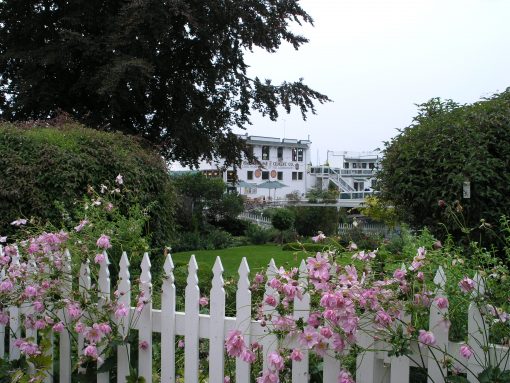
Dogs are amazing. They can do incredible things. Well maybe not my dog, Sherman, who is more likely to get into mischief than save mankind but we?ve all heard stories about detection dogs sniffing out drugs, explosives, cadavers and disaster survivors. In the mid 90?s, handlers started training them for conservation tasks such as sniffing out scat from endangered species and detecting trafficked ivory. Now their olfactory prowess is being used in the fight against invasive plants and insects. And this year dogs are being trained to sniff out Covid 19 odor with 82% accuracy. The list of how man?s best friend is helping us just keeps getting longer.
It was my friend Cindy who told me about this latest use of detection dogs while we were walking on the beach. Her rescue dog, Sienna is obsessed with retrieving a ball thrown into the surf so she?d be the perfect candidate for a detection dog, assisting conservationists in the fight against invasive species.
Although I come across more French broom than Scotch in our area detection dogs can be trained to sniff out all invasive broom. They?re doing this in New York where Scotch broom is just starting to invade and land managers hope to eradicate it before it becomes widespread like it is here and all along the Pacific Northwest. Broom displaces native plants with thickets impenetrable to wildlife and changes the chemistry of the soil around it so that native plants can?t grow there. Broom grows quickly as it is able to fix nitrogen from the air giving a competitive advantage to other non-native weeds. It poses a serious threat to birds, butterflies and biodiversity. Broom contains a high amount of oil, which is flammable and increases the fire hazard. It?s also toxic to livestock and dogs depending on the amount ingested. And those are just some of the reasons why New York wants to keep broom away.
?Our field in the last 15 years has just exploded.? said Pete Coppolillo, executive director of the nonprofit Working Dogs for Conservation in Bozeman, Montana. The organization partners with government agencies, researchers and nonprofits on five continents to provide trained dogs and handlers for conservation projects. Besides helping to detect New York broom they have provided trained dogs to find invasive knapweed in Montana, Chinese bush clover in Iowa, yellow thistle in Colorado as well as invasive zebra and quagga mussels on boats here in California.
Working Dogs for Conservation trains shelter dogs for detection work, screening 1000 dogs for every one they put to work. To make the cut, the dogs have to be not only good sniffers and high-energy, but also seriously obsessed with toys so they?ll stay motivated to work for a reward – the chance to play with a ball.
Because I eat a lot of oranges and lemons I looked up recent papers to see if dogs were still being used to detect citrus greening disease. Sure enough what started 5 years ago with just a few dogs has increased dramatically and many dogs are now being trained. Tim Gottwald, a U.S. Dept. of Agriculture plant pathologist, said during a recent presentation in Riverside that dogs in Florida have been 99% accurate and in tests just this last December and February in Southern California backyards, they were more than 92% accurate even when distracted by the homeowners. Because dogs can actually smell the bacteria that causes greening disease within a few weeks after infection well before lab tests can confirm, their work is vitally important.

So when you?re petting ?man?s best friend? tonight appreciate all the great things he does for you and for our planet.






